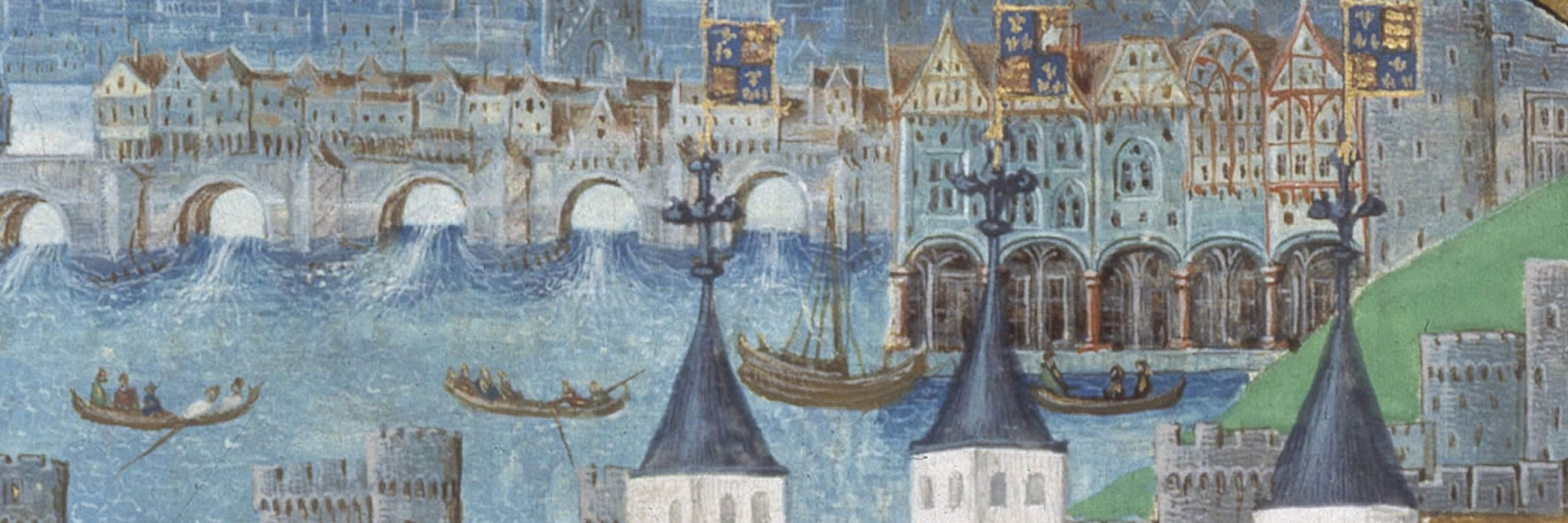
Research Associate, Unlocking Upcycled Medieval Data @ihr.bsky.social
GIS Consultant, Layers of London @layersoflondon.bsky.social
🛟 Do you have historical voyage data which might help with calibration? [1/3]


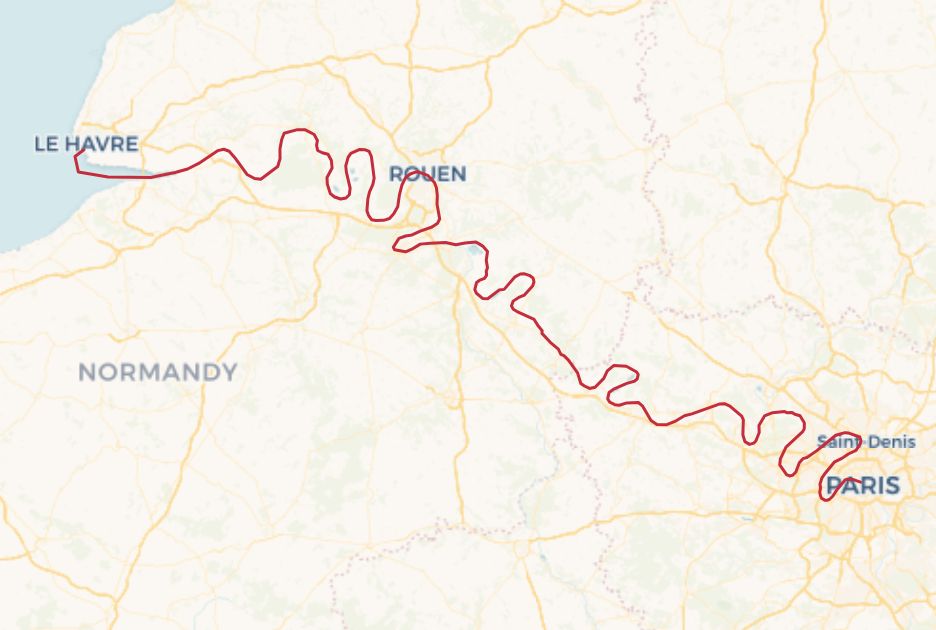
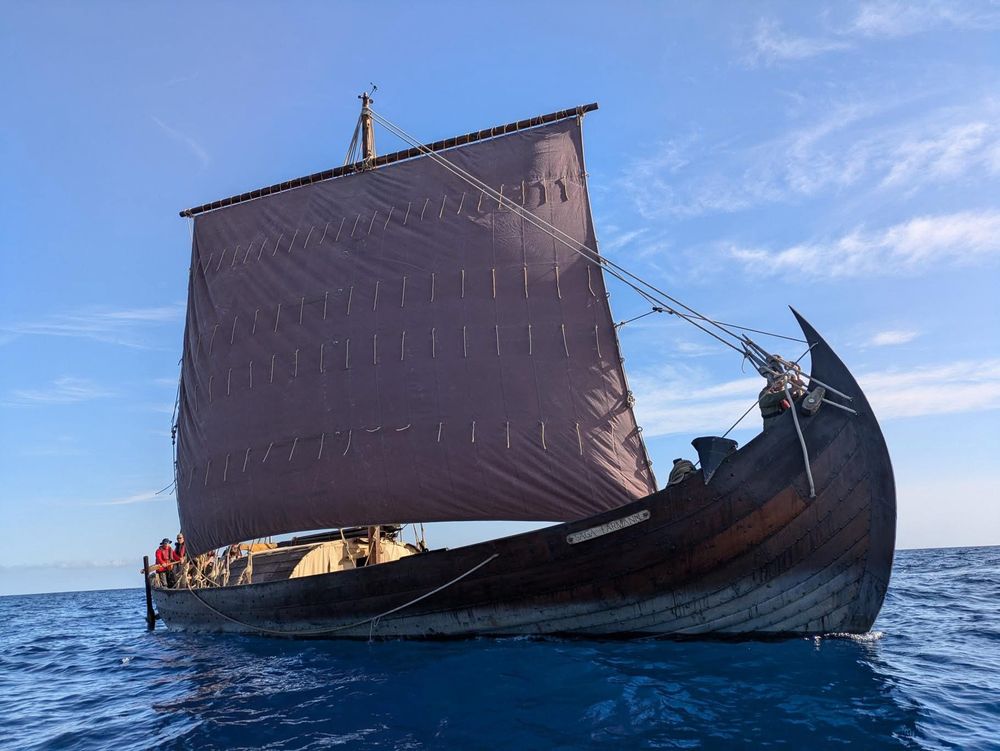
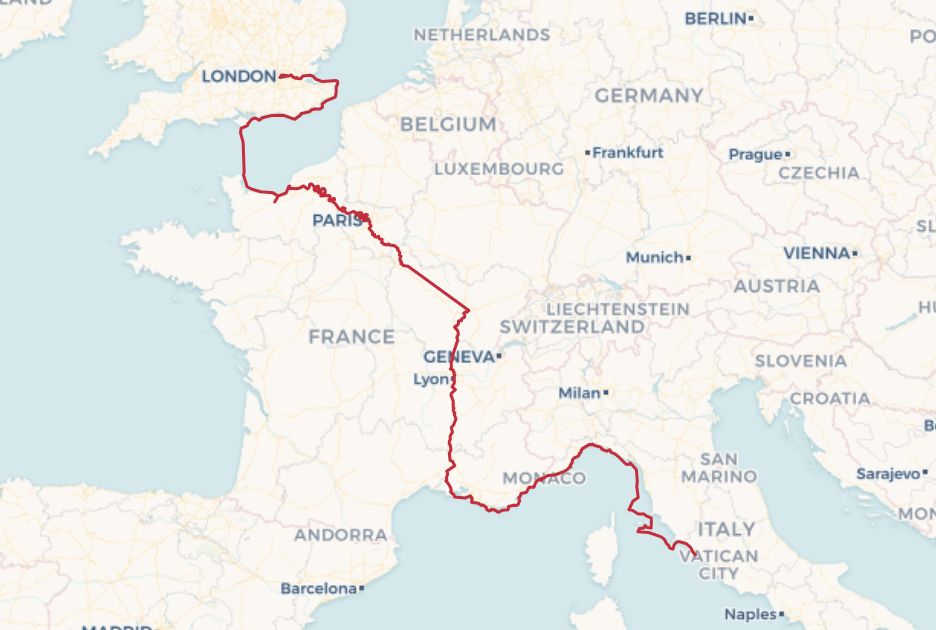
I've rebuilt the journey-timed, square-rigged sailing algorithm for docuracy.github.io/Historical_S...
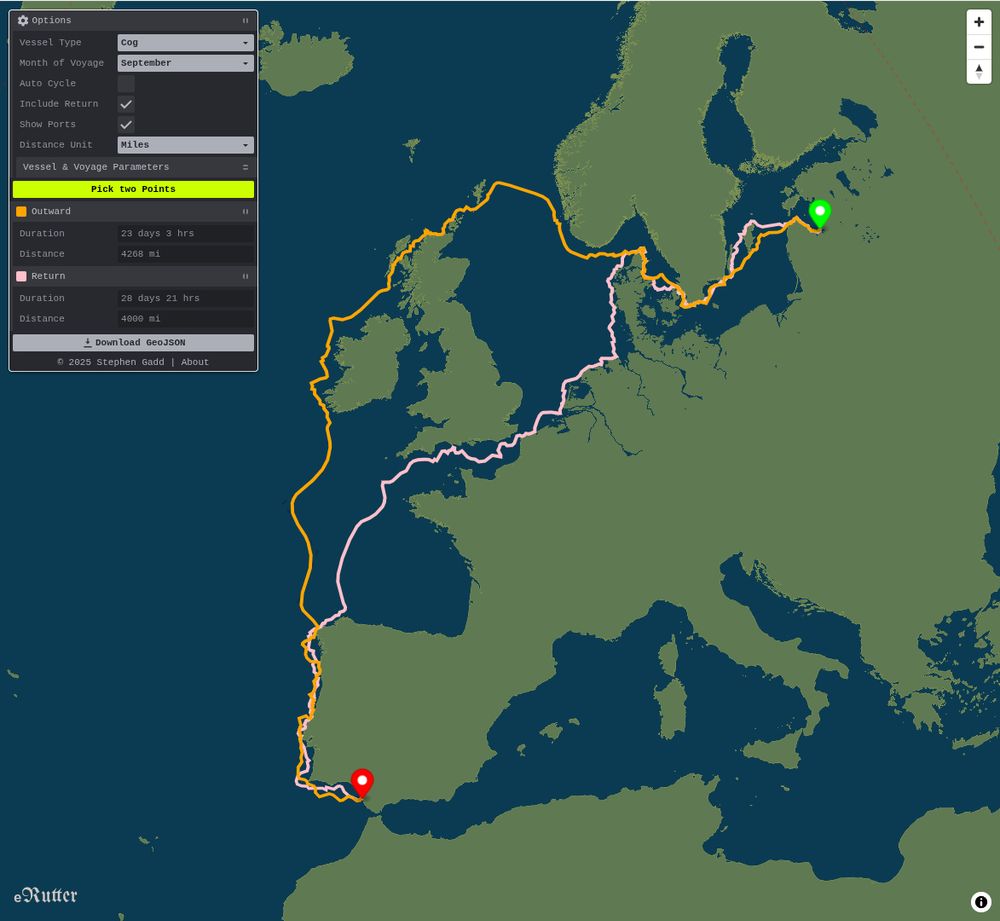
I've rebuilt the journey-timed, square-rigged sailing algorithm for docuracy.github.io/Historical_S...
I'd love to get hold of Paula Martin's transcript, though: any suggestions of how I might do that?
For a paleography course I took a decade ago we looked briefly at a journal of a 17th century Scots mariner. It's been digitised at collections.st-andrews.ac.uk/item/journal... Paula Martin made a transcription, but I don't know if it's online
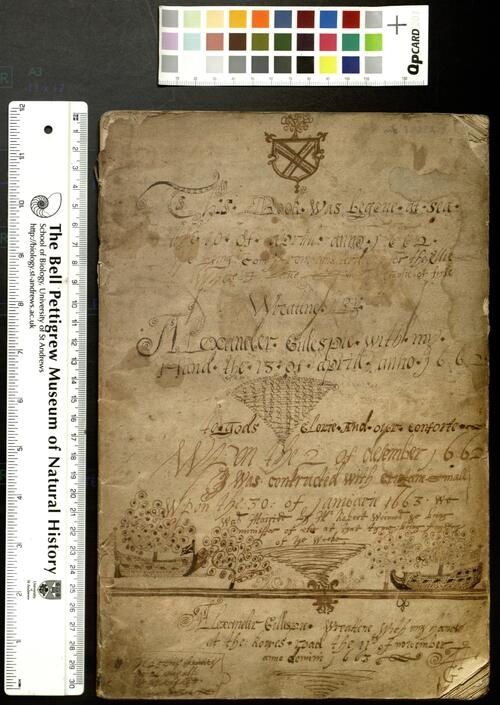
I'd love to get hold of Paula Martin's transcript, though: any suggestions of how I might do that?
🤔 They're currently fetched from @wikidatacommunity.bsky.social, but this would be a great use case for a @whgazetteer.org temporal API to filter out modern ports and highlight ancient ones.
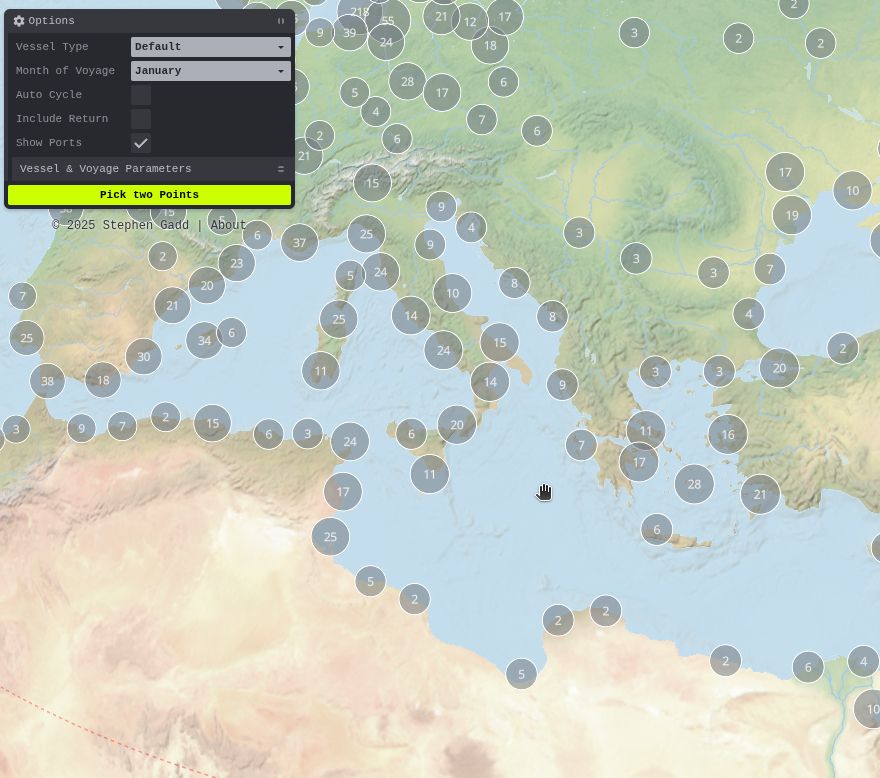

🤔 They're currently fetched from @wikidatacommunity.bsky.social, but this would be a great use case for a @whgazetteer.org temporal API to filter out modern ports and highlight ancient ones.
🛟 Do you have historical voyage data which might help with calibration? [1/3]
🛟 Do you have historical voyage data which might help with calibration? [1/3]
Screenshots, code, and caveats at github.com/docuracy/His....
Screenshots, code, and caveats at github.com/docuracy/His....
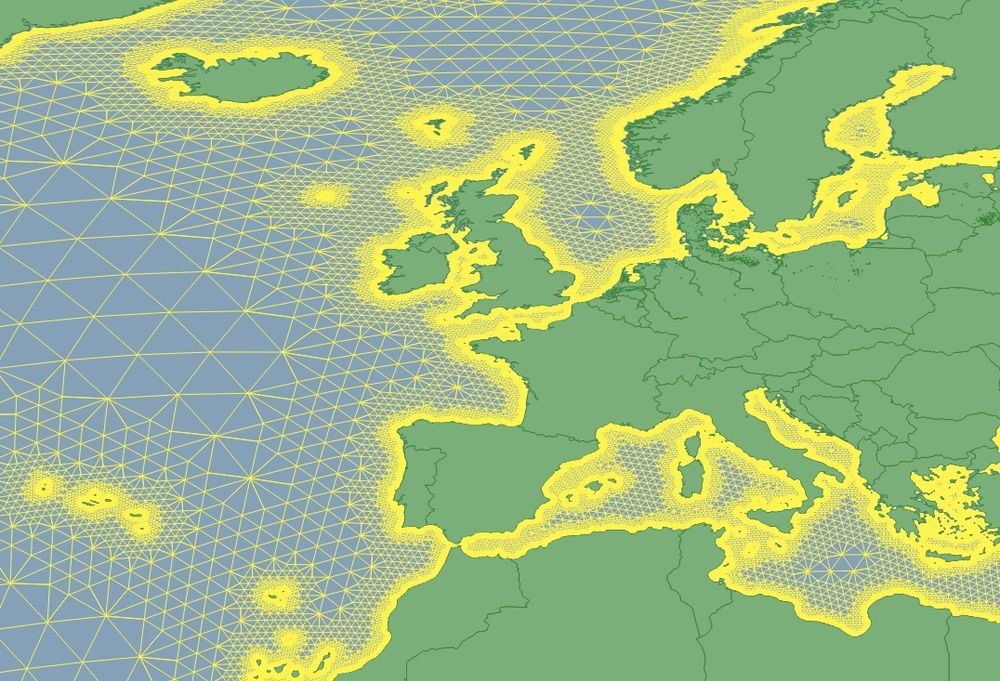

Learn more & apply by July 11: bit.ly/4kAknki
@rmostern.bsky.social @docuracy.co.uk
Learn more & apply by July 11: bit.ly/4kAknki
@rmostern.bsky.social @docuracy.co.uk
www.medievalists.net/2025/05/medi...

www.medievalists.net/2025/05/medi...
Image: Indigenous Place Names in North America, a WHG Place Collection at doi.org/10.60681/whg...
Explore more at: whgazetteer.org !
#DigitalHumanities #HistoricalGIS #GeoHumanities #HistoricalGeography
![Globe visualisation of Indigenous Place Names in North America, a WHG Place Collection [https://doi.org/10.60681/whg-collection-172]](https://cdn.bsky.app/img/feed_thumbnail/plain/did:plc:stvreqk6efv5wt63rntqmjfk/bafkreiaebejl3mn4riukay5petx7qj773xcgxsnfr46dkfzrouaoyadwwi@jpeg)
Image: Indigenous Place Names in North America, a WHG Place Collection at doi.org/10.60681/whg...
Explore more at: whgazetteer.org !
#DigitalHumanities #HistoricalGIS #GeoHumanities #HistoricalGeography
www.hobnobpress.co.uk/books/p/john...

www.hobnobpress.co.uk/books/p/john...
Preprint forthcoming on arXiv.

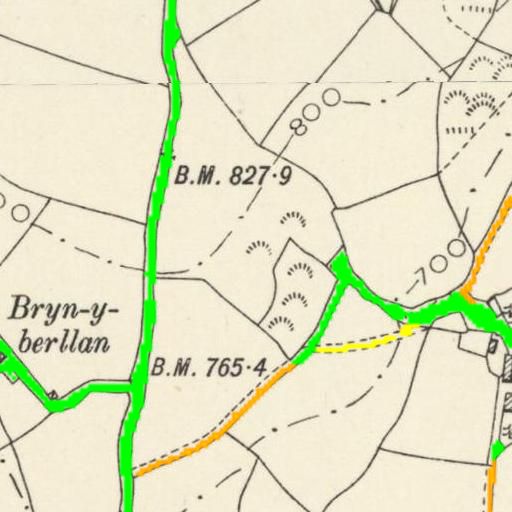


Preprint forthcoming on arXiv.

𝐁𝐞𝐲𝐨𝐧𝐝 𝐬𝐞𝐜𝐭𝐨𝐫𝐬. 𝐀 𝐬𝐮𝐛𝐬𝐞𝐜𝐭𝐨𝐫𝐚𝐥 𝐚𝐧𝐚𝐥𝐲𝐬𝐢𝐬 𝐨𝐟 𝐡𝐢𝐬𝐭𝐨𝐫𝐢𝐜𝐚𝐥 𝐨𝐜𝐜𝐮𝐩𝐚𝐭𝐢𝐨𝐧𝐚𝐥 𝐝𝐚𝐭𝐚 𝐚𝐧𝐝 𝐭𝐡𝐞𝐢𝐫 𝐫𝐞𝐥𝐚𝐭𝐢𝐨𝐧 𝐭𝐨 𝐞𝐜𝐨𝐧𝐨𝐦𝐢𝐜 𝐠𝐫𝐨𝐰𝐭𝐡
Who had access to common land in the past, and how extensive were common rights?
Our latest blog post by Leigh Shaw-Taylor demonstrates that it was not such an open system as we might assume, even before enclosure...
www.campop.geog.cam.ac.uk/blog
#skystorians
Who had access to common land in the past, and how extensive were common rights?
Our latest blog post by Leigh Shaw-Taylor demonstrates that it was not such an open system as we might assume, even before enclosure...
www.campop.geog.cam.ac.uk/blog
#skystorians

sv.m.wikipedia.org/wiki/Alexand...




sv.m.wikipedia.org/wiki/Alexand...
www.change.org/p/act-now-to...

www.change.org/p/act-now-to...
1/

1/



